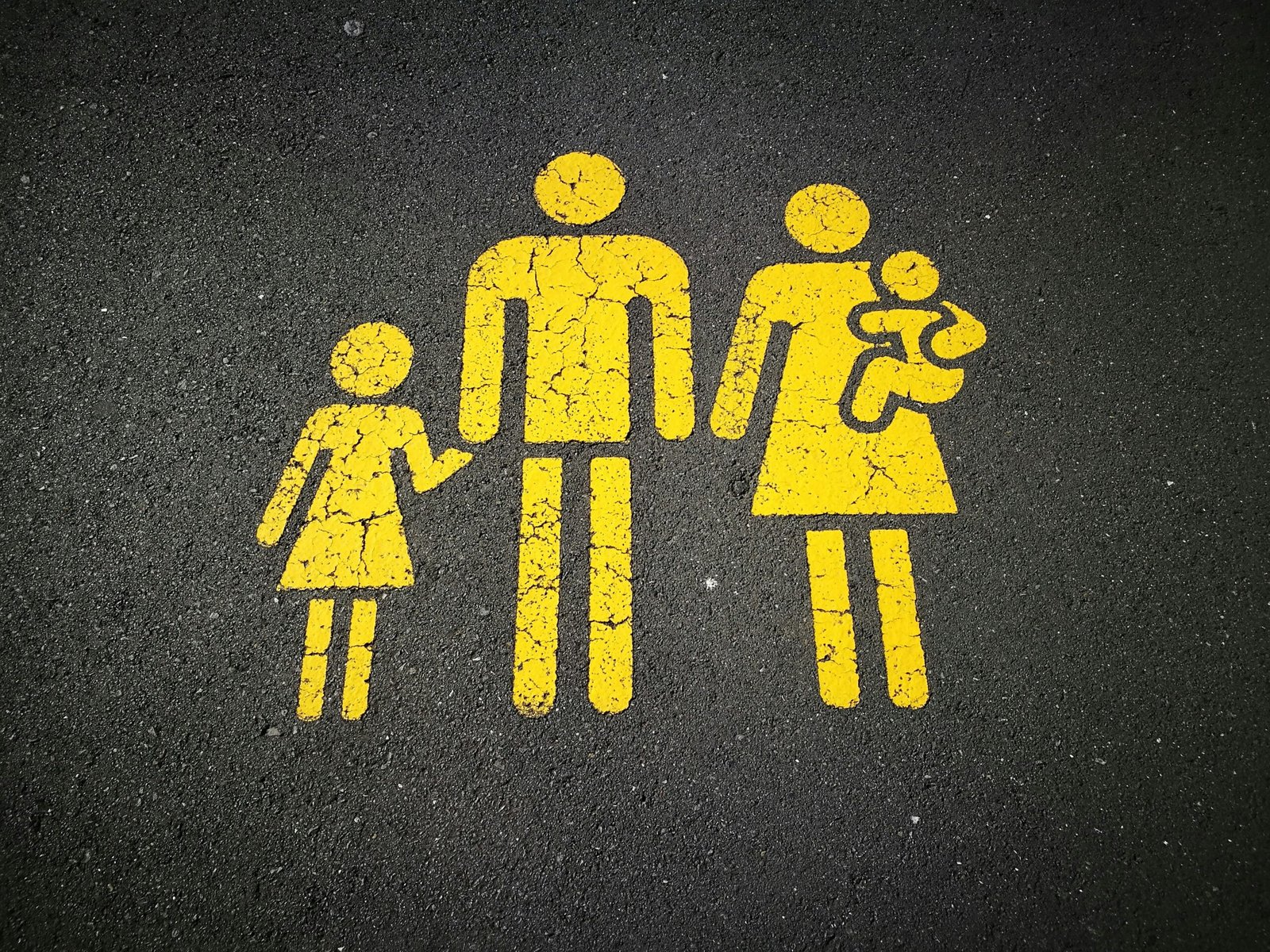Gender Stereotypes in Marketing: Examining the Reinforcement and Challenge of Gender Stereotypes in Sexualized Campaigns
Marketing has long been recognized as a powerful tool for shaping societal norms and perceptions. One area where this influence is particularly evident is in the use of sexual themes to promote products and services. In this article, we will explore how gender stereotypes are reinforced or challenged in marketing campaigns that incorporate sexual themes, and discuss the implications for social norms and perceptions of gender roles. Additionally, we will examine the effectiveness of this strategy and its impact on consumer behavior, while also considering any potential negative impacts.
Reinforcement of Gender Stereotypes in Sexualized Marketing Campaigns
Sexualized marketing campaigns often rely on traditional gender stereotypes to appeal to consumers. For example, advertisements for men’s fragrances may feature muscular, hypermasculine men surrounded by beautiful women, reinforcing the idea that masculinity is associated with physical strength and attractiveness. Similarly, advertisements for women’s beauty products may portray women as delicate, submissive, and solely focused on their appearance, perpetuating the stereotype that femininity is synonymous with beauty and passivity.
These campaigns can have a profound impact on social norms and perceptions of gender roles. By consistently presenting these stereotypes as desirable and aspirational, marketers contribute to the perpetuation of harmful gender norms and expectations. This can lead to the reinforcement of traditional gender roles and the marginalization of individuals who do not conform to these norms.
Challenging Gender Stereotypes in Sexualized Marketing Campaigns
While many sexualized marketing campaigns reinforce gender stereotypes, there are also instances where these campaigns challenge traditional norms and expectations. In recent years, we have seen an increase in advertisements that portray individuals of different genders and sexual orientations in non-traditional roles and relationships.
For example, some clothing brands have featured same-sex couples in their advertisements, challenging the heteronormative assumption that romantic relationships are exclusively between a man and a woman. By doing so, these campaigns not only challenge stereotypes but also promote inclusivity and diversity, ultimately contributing to a more progressive and accepting society.
The Effectiveness of Sexualized Marketing Campaigns and Their Impact on Consumer Behavior
Sexualized marketing campaigns, whether they reinforce or challenge gender stereotypes, can be highly effective in capturing consumers’ attention and generating brand awareness. The use of sexual themes in advertisements tends to evoke strong emotional responses and create a sense of desire or curiosity, which can lead to increased engagement and brand recall.
Additionally, sexualized marketing campaigns have the potential to influence consumer behavior. Research has shown that individuals are more likely to remember and purchase products that are associated with sexualized advertisements. However, it is important to note that the impact of these campaigns may vary depending on the target audience and cultural context.
The Negative Impacts of Sexualized Marketing Campaigns
While sexualized marketing campaigns can be effective, they are not without their drawbacks. One of the main concerns is the objectification and sexualization of individuals, particularly women, in these campaigns. By reducing individuals to mere objects of desire, marketers contribute to the dehumanization and commodification of the human body.
Moreover, sexualized marketing campaigns can perpetuate harmful stereotypes and contribute to the normalization of unhealthy beauty standards. The constant exposure to images of idealized and sexualized bodies can lead to body dissatisfaction and low self-esteem, especially among vulnerable populations such as teenagers and young adults.
Examples of Gender Stereotypes in Sexualized Marketing Campaigns
To illustrate the impact of gender stereotypes in sexualized marketing campaigns, let’s consider a few examples:
- An advertisement for a men’s razor featuring a muscular, shirtless man, implying that only physically fit men are attractive and masculine.
- An advertisement for a women’s perfume depicting a woman in a submissive pose, suggesting that femininity is synonymous with passivity.
- An advertisement for a luxury car showcasing a man driving with a beautiful woman in the passenger seat, reinforcing the stereotype that men are the primary decision-makers and women are merely accessories.
These examples highlight the ways in which gender stereotypes are often perpetuated in sexualized marketing campaigns, and the potential negative impact on social norms and perceptions of gender roles.
Conclusion
In conclusion, gender stereotypes are frequently reinforced in marketing campaigns that incorporate sexual themes. While these campaigns can be effective in capturing consumers’ attention and influencing their behavior, they also have the potential to perpetuate harmful norms and expectations. However, there are also instances where sexualized marketing campaigns challenge traditional stereotypes and promote inclusivity and diversity. It is crucial for marketers to be mindful of the implications of their campaigns and strive for greater representation and inclusivity in their messaging.

